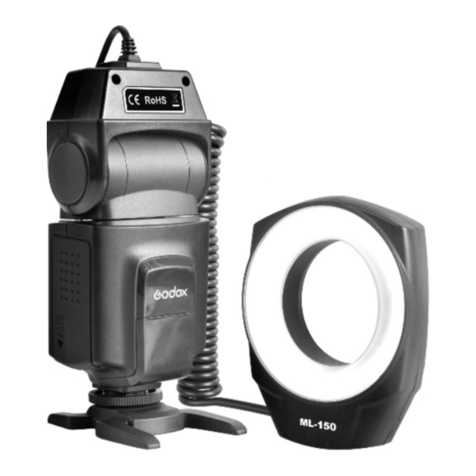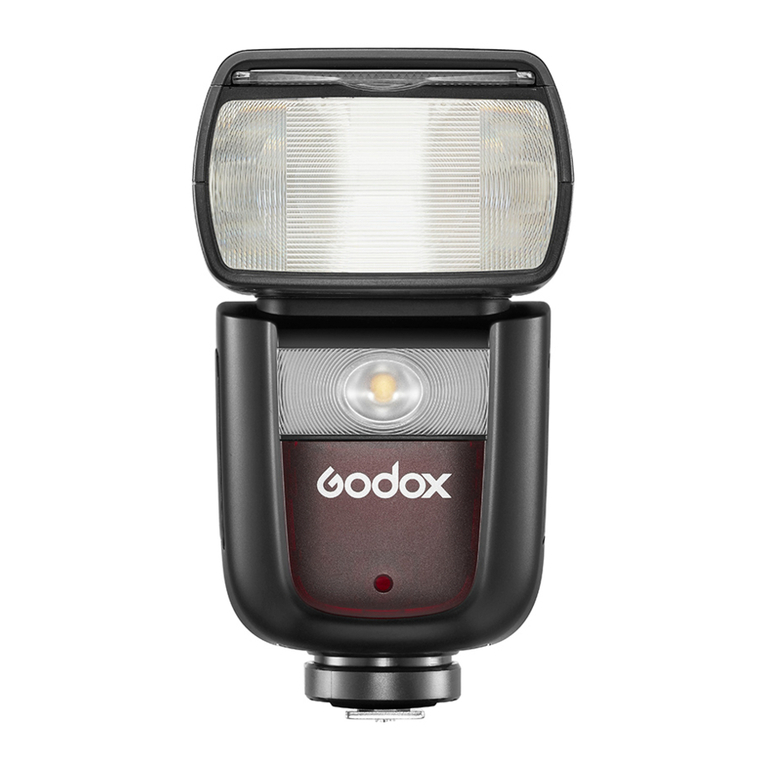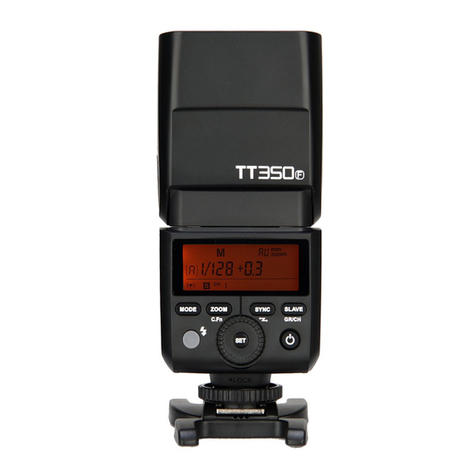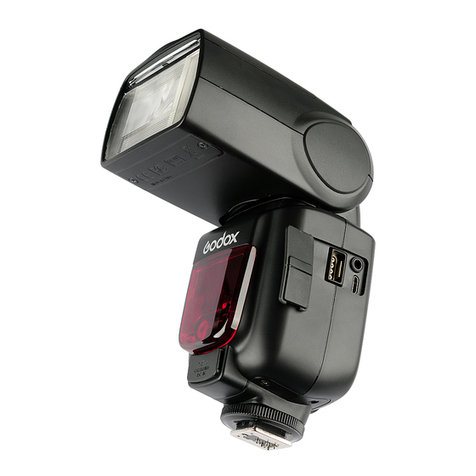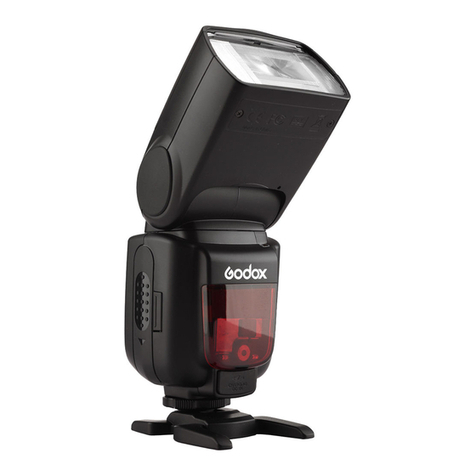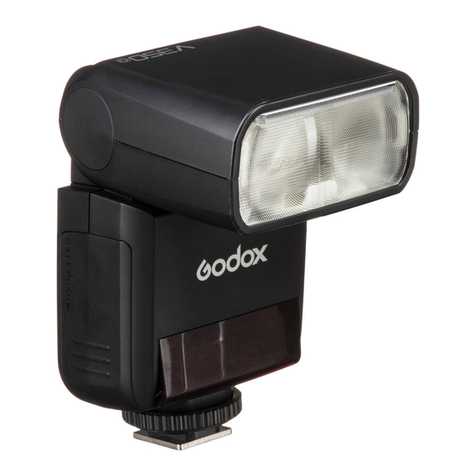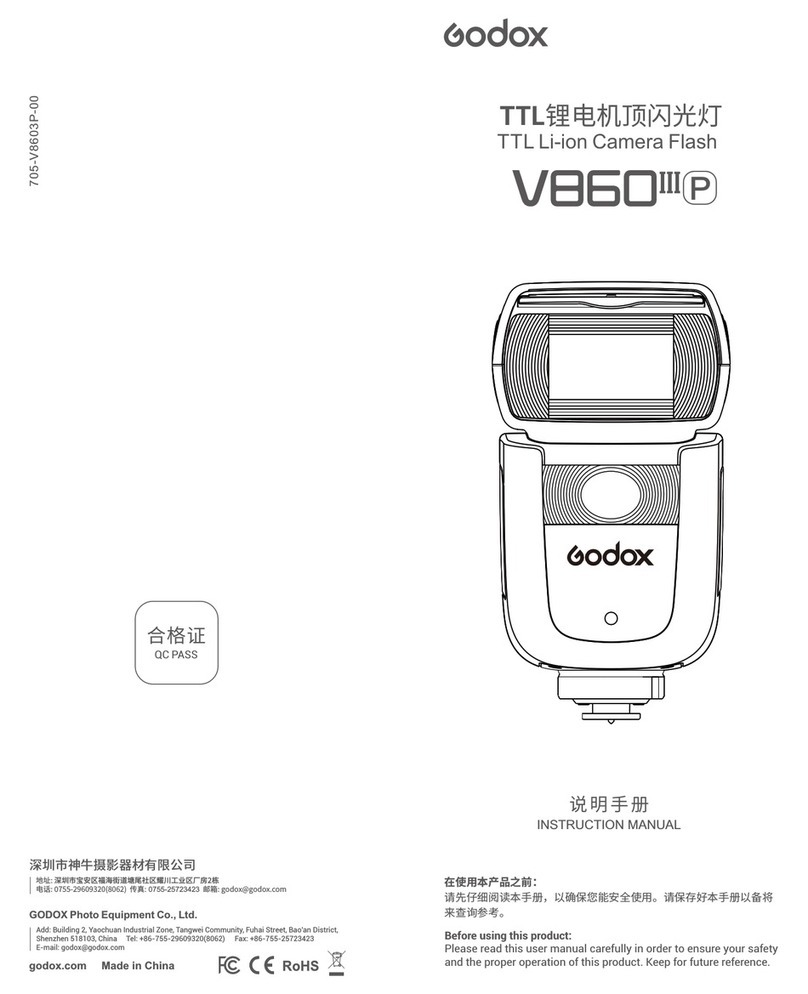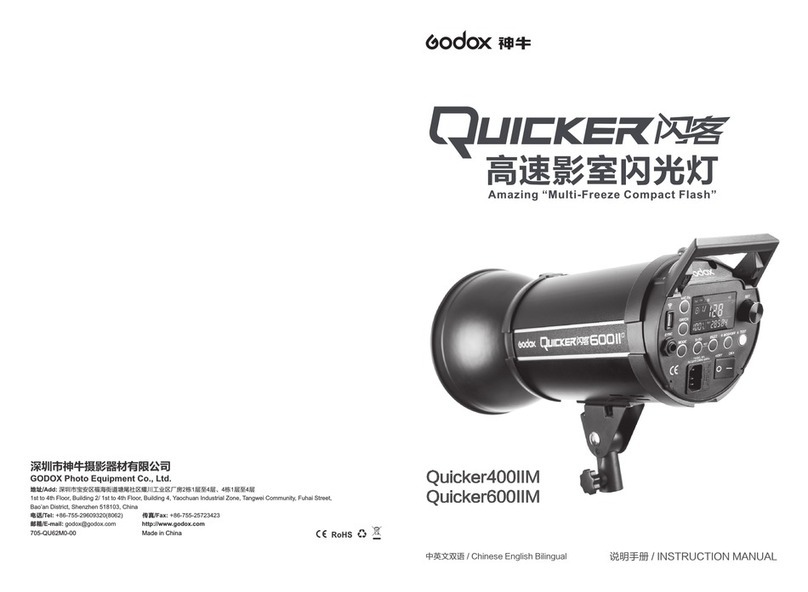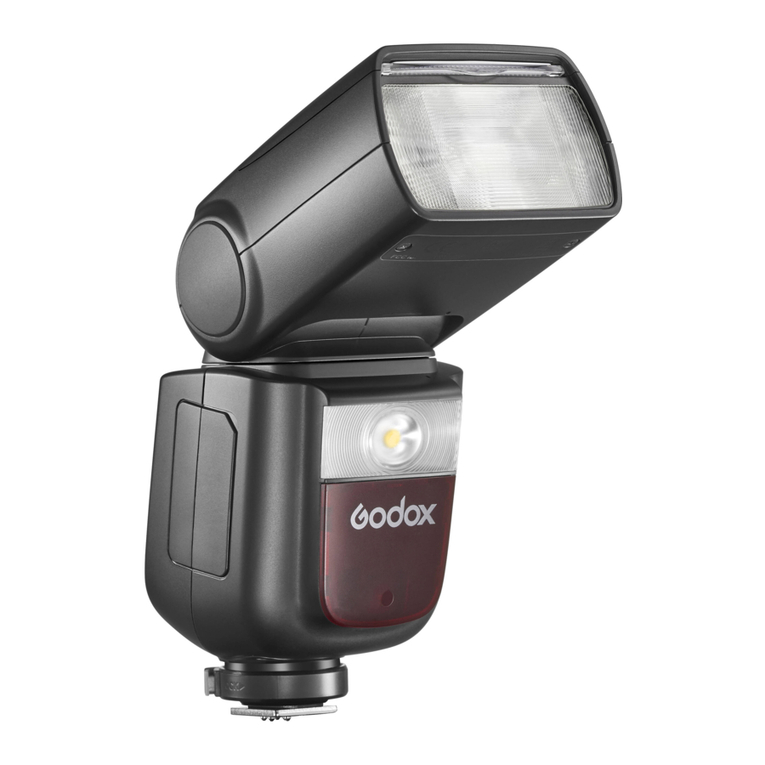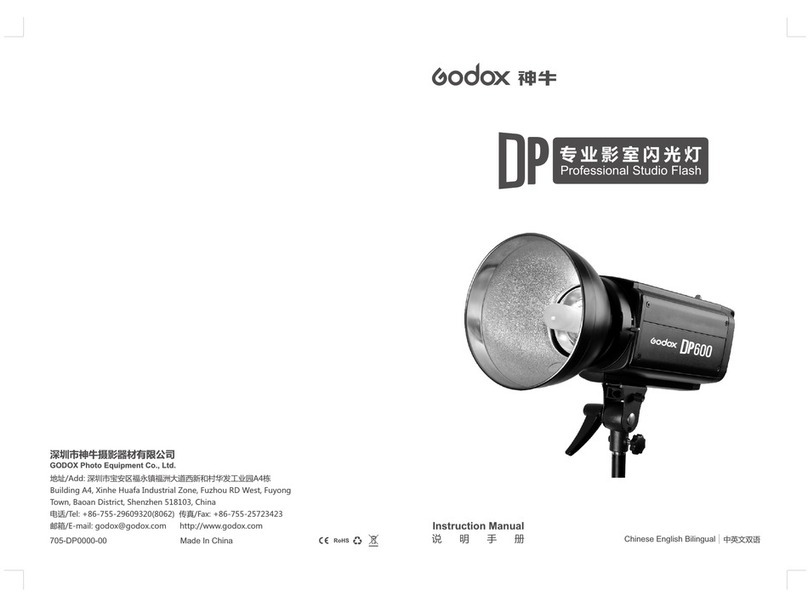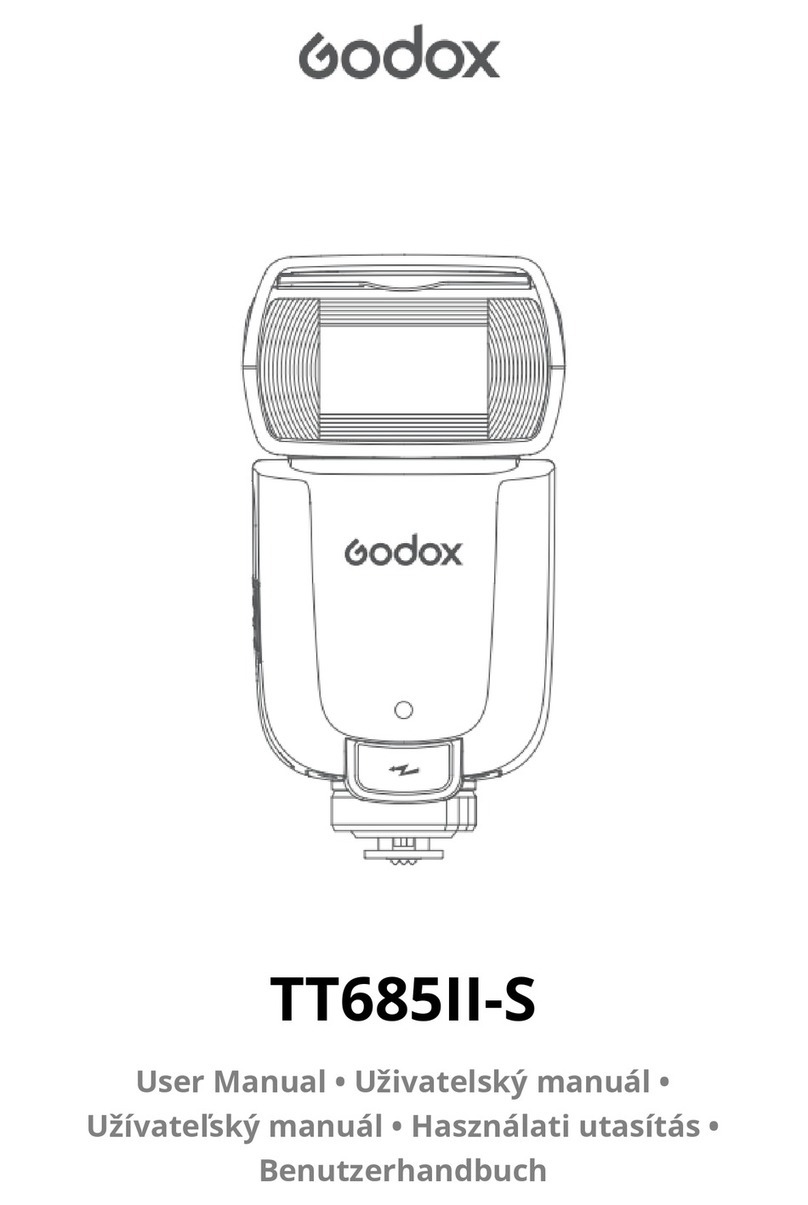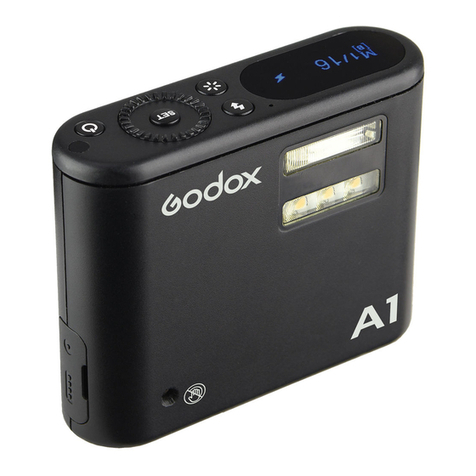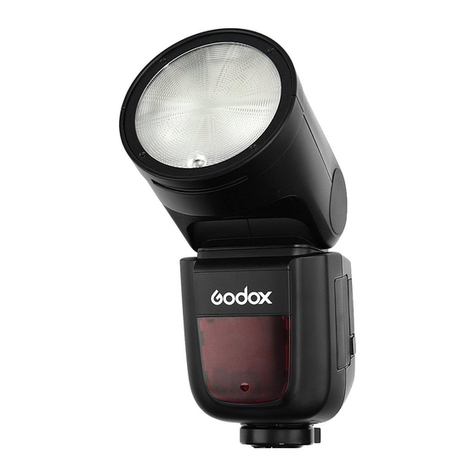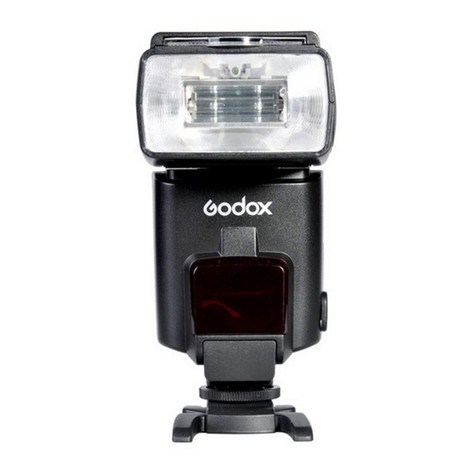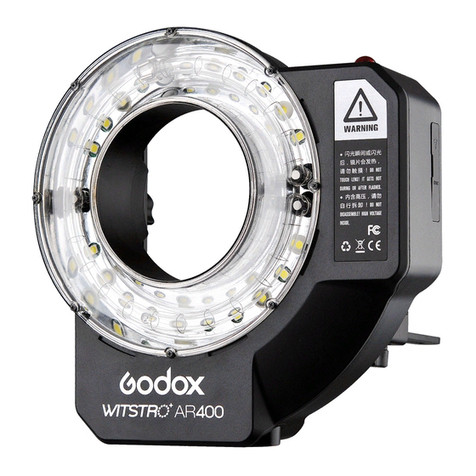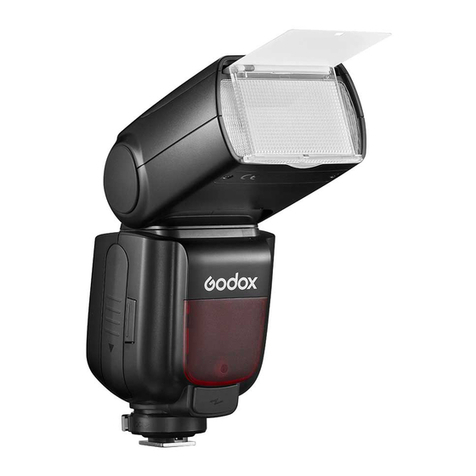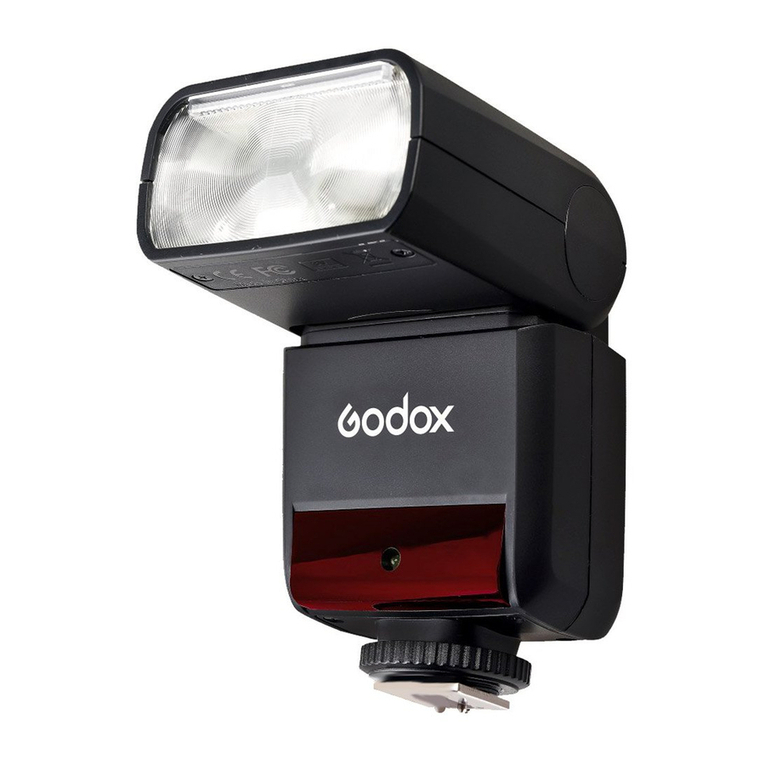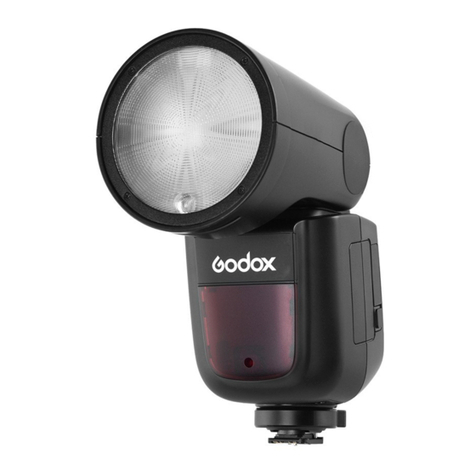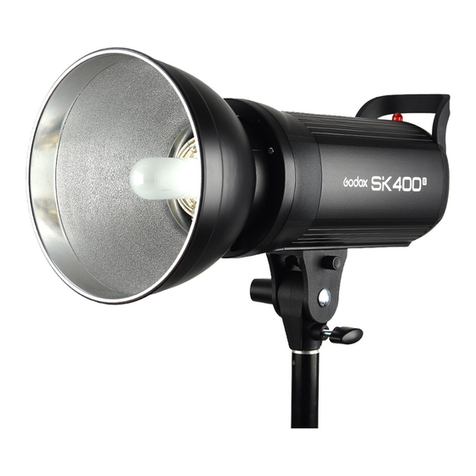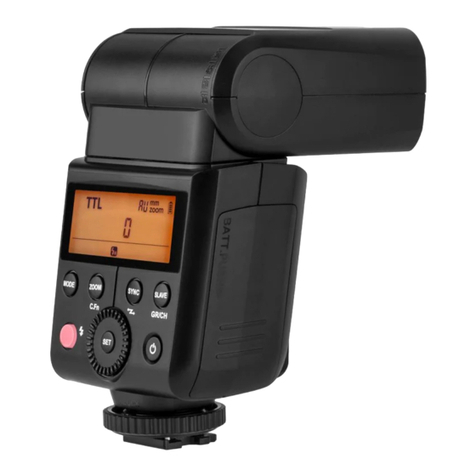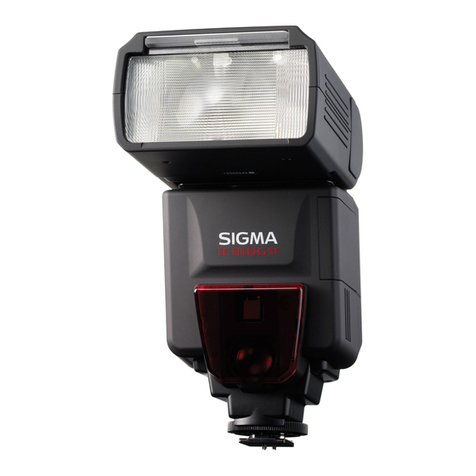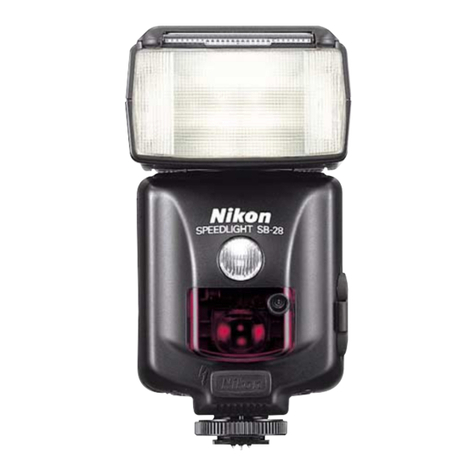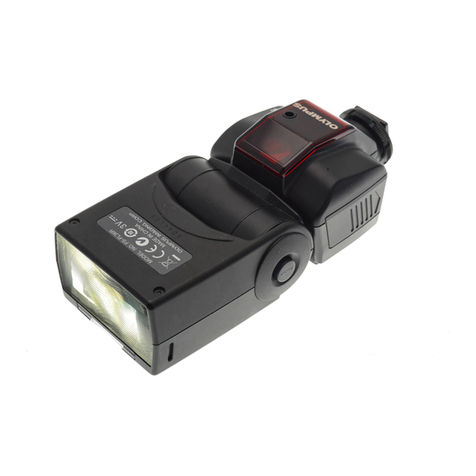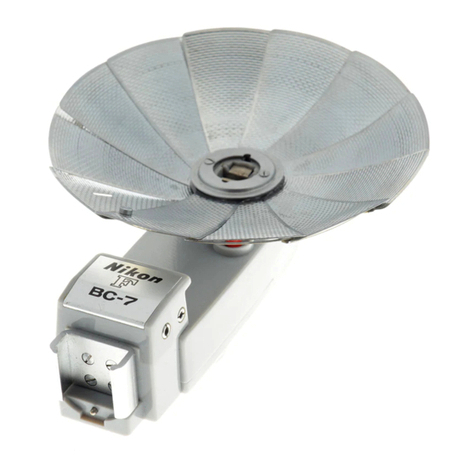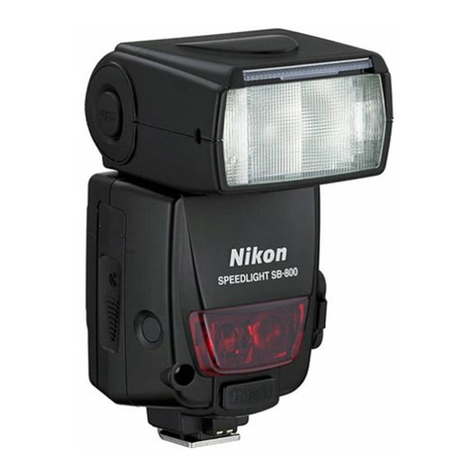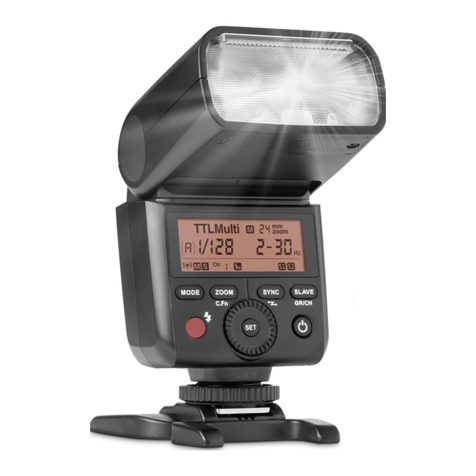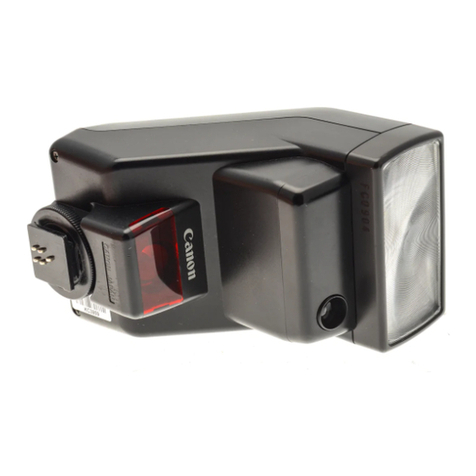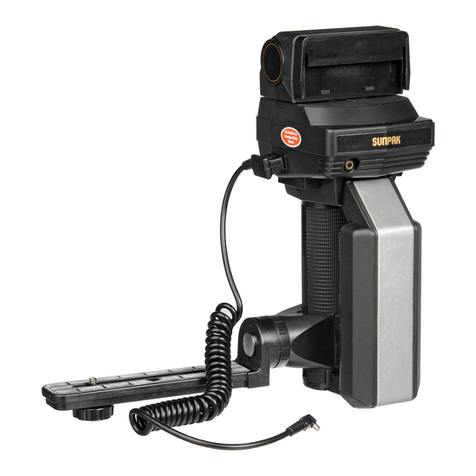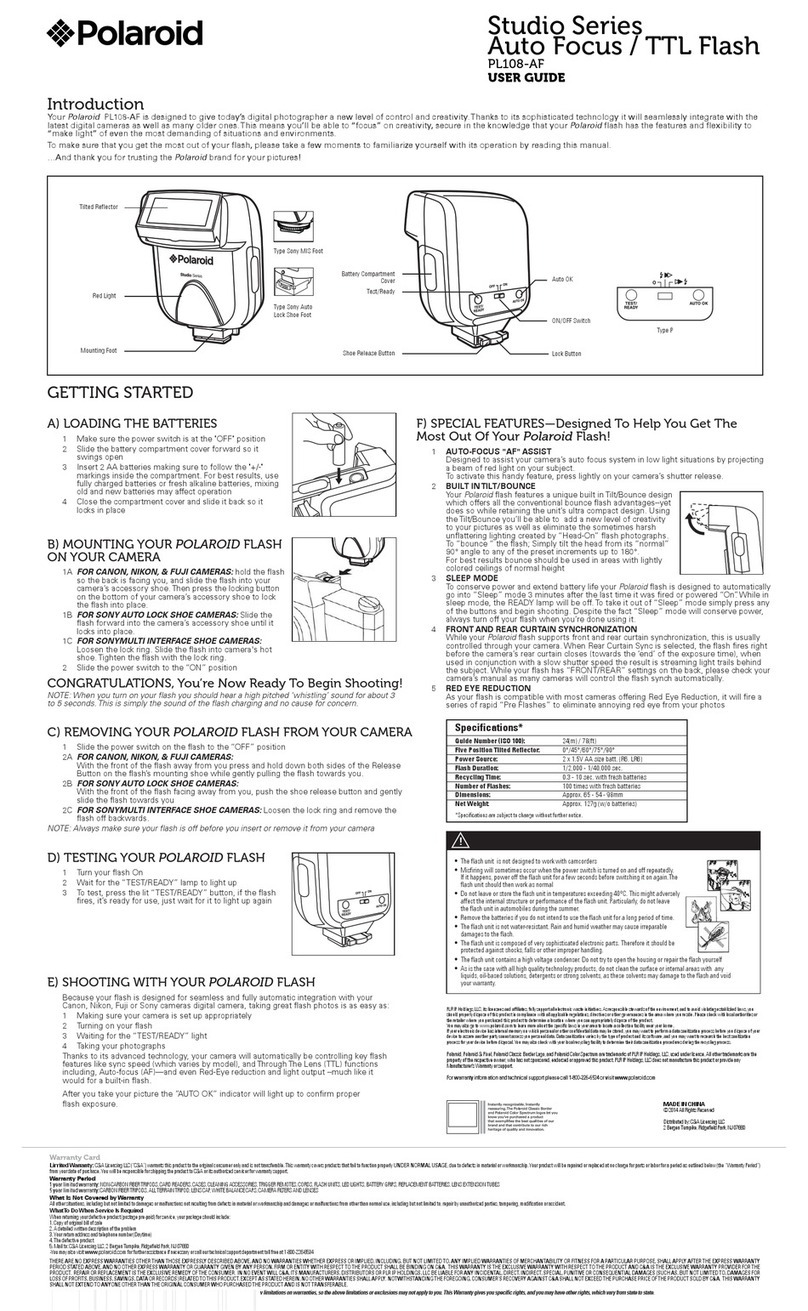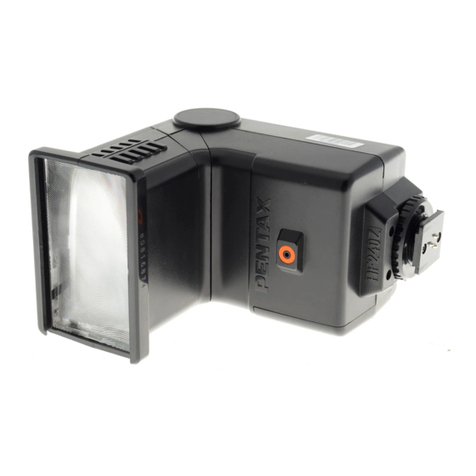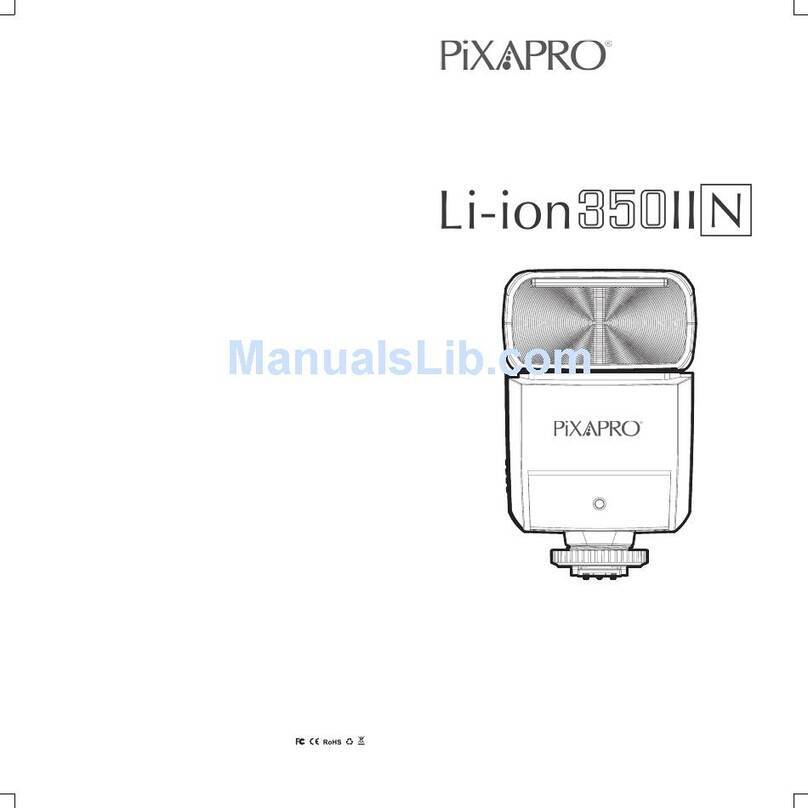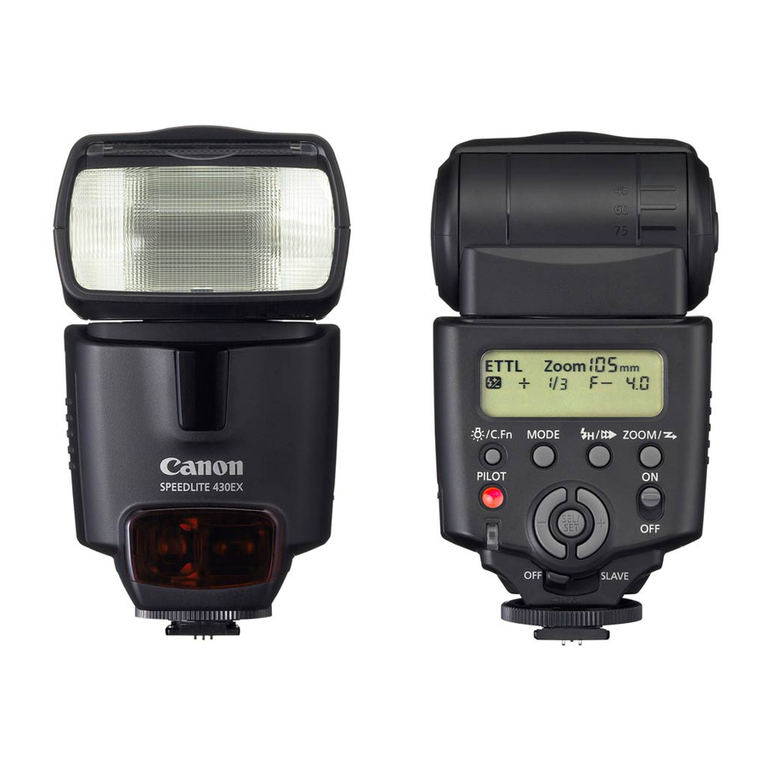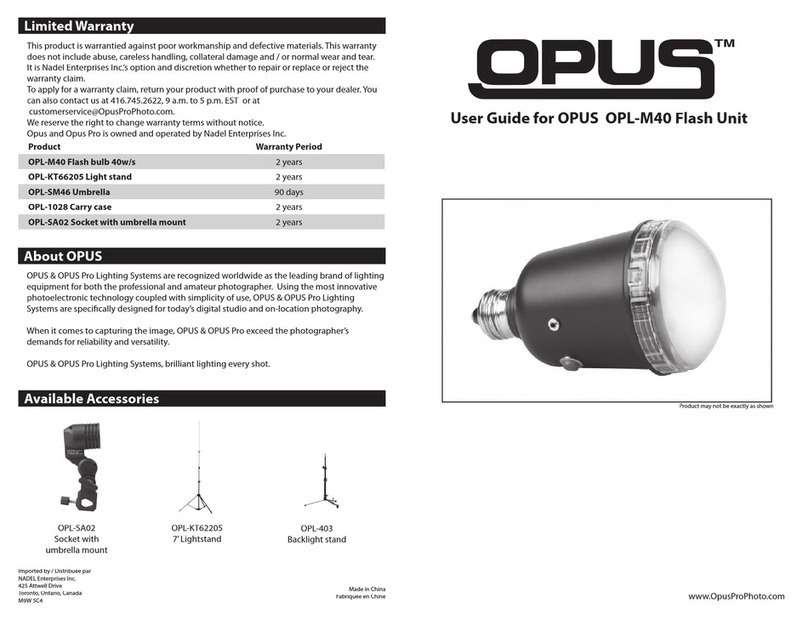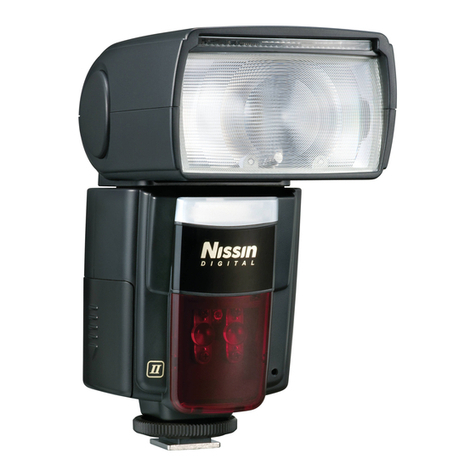Dot-matrix LCD panel: with clear and convenient operation.
Built-in 2.4G wireless transmission: with all-in-one functions and 100 meters further
transmission
Studio quality light: up to 360Ws, GN 80 (m ISO 100, with AD-S2 standard reflector).
Approx. 28mm flash coverage when operating on a camera with the standard reflector.
One AD360 can overpower the sun.
External battery pack: PB960 (lithium, 11.1V/4500mAh), 0.05-4.5s recycling and 450
full power flashes.
Lightweight and portable even with power and accessories
Wireless control on power levels and triggering (with FT-16 trigger)
Wide-range accessories: softbox, beauty dish, snoots, color gels, etc. All lighting
accessories fit for barebulb flashes from most brands.
Power adjusts from full power to 1/128 in 1/3 stop increments
Stable color temperature at 5600±200K over the entire power range
Multi flash, Focus-assist beam on/off & Hi-Speed sync triggering
The powerful and portable AD360II-C meets the demands of freelance commercial photographers,
photojournalists, wedding and beach portraiture shooters, event and backpack photographers,
photograph enthusiasts, etc. It is compatible with market-available cameras from Canon, Nikon,
Pentax, and Olympus, etc and fits for almost any flash trigger.
For Your Safety
1. Always keep this product dry. Do not use in rain or in damp conditions.
2. This product contains high-voltage electronic parts. Touching the high-voltage circuit inside it
may result in electric shock. Do not disassemble. Should repairs become necessary, this
